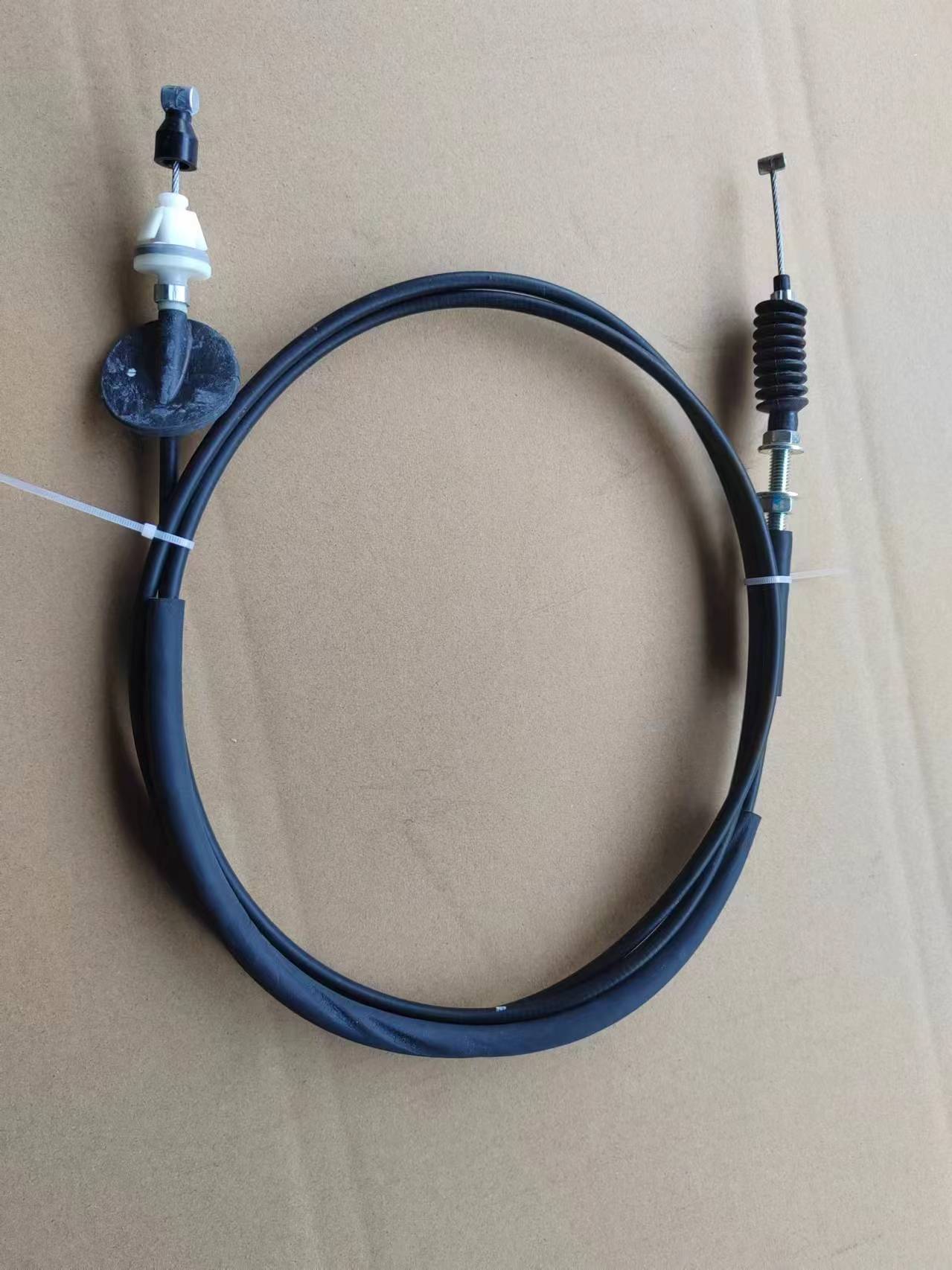Adjusting the Throttle Cable for Your Lawn Mower Performance and Efficiency
Understanding Mower Throttle Cables A Comprehensive Guide
Mowing the lawn can often be a relaxing activity, but it requires well-maintained equipment to ensure efficiency and safety. One critical component of many lawn mowers is the throttle cable, which plays a vital role in controlling the engine's speed. In this article, we'll delve into the function, significance, and maintenance of mower throttle cables, ensuring that you understand this essential part of your mowing equipment.
What is a Throttle Cable?
A throttle cable is a flexible wire that connects the mower's throttle control (the lever or handle you use to adjust engine speed) to the engine's carburetor. Its primary function is to regulate the airflow to the engine, directly influencing the mower's speed and performance. When you pull the throttle lever, the cable pulls a throttle plate in the carburetor, allowing more air (and subsequently fuel) into the combustion chamber, thereby increasing the engine's RPM (revolutions per minute). Conversely, releasing the throttle reduces the engine's speed.
Importance of a Functional Throttle Cable
A properly functioning throttle cable is essential for several reasons
1. Precision Control A responsive throttle cable allows for precise adjustments in engine speed, enabling the user to mow at varying speeds depending on the grass height, terrain, and desired finish.
2. Engine Performance The throttle cable directly impacts engine performance. If it’s damaged or malfunctioning, it could lead to poor acceleration, increased fuel consumption, and even stalling. Regular checks can help in identifying any issues that might hinder performance.
3. Safety An unresponsive throttle cable can pose safety risks. If the mower does not respond to throttle adjustments, it may not slow down or stop promptly, which can lead to accidents or injuries.
Signs of Throttle Cable Issues
mower throttle cable

Like any mechanical part, throttle cables can wear out or become damaged over time. Here are some common signs that may indicate a problem with your mower's throttle cable
- Sticky or Unresponsive Throttle If you notice that the throttle lever sticks or does not return to its original position, this could indicate a cable that is fraying or binding. - Inconsistent Engine Speed If the engine speed fluctuates without your input on the throttle lever, this may imply that the throttle cable is not functioning correctly. - Visible Damage Inspecting the cable for any visible signs of wear, fraying, or corrosion is vital. A damaged cable should be replaced immediately to prevent further issues.
Maintenance Tips for Throttle Cables
To ensure the longevity and effectiveness of your mower's throttle cable, consider these maintenance tips
1. Regular Inspection Check the throttle cable periodically for any signs of wear or damage. Inspect the connections to both the throttle control and the carburetor.
2. Cleanliness Keep the cable and its housing clean. Debris or dirt can accumulate and affect the cable's mobility. A clean cable operates more smoothly.
3. Lubrication Applying a suitable lubricant can help reduce friction and prevent the cable from binding. Ensure that you use the right type of lubricant that won't attract dirt or grime.
4. Proper Adjustment Familiarize yourself with the adjustment mechanisms of your mower's throttle cable. Unintentional slack or tension can affect performance.
Conclusion
The throttle cable is a small yet vital component of lawn mowers that plays a critical role in ensuring optimal performance and safety. Understanding how it functions, recognizing signs of potential issues, and implementing regular maintenance can lead to a more enjoyable mowing experience. By being proactive in caring for your mower's throttle cable, you’ll not only enhance its performance but also lengthen its lifespan, making lawn care a breeze rather than a chore.
-
Workings of Clutch Pipe and Hose SystemsNewsJun.04,2025
-
The Inner Workings of Hand Brake Cable SystemsNewsJun.04,2025
-
The Secrets of Throttle and Accelerator CablesNewsJun.04,2025
-
The Hidden Lifeline of Your Transmission Gear Shift CablesNewsJun.04,2025
-
Demystifying Gear Cables and Shift LinkagesNewsJun.04,2025
-
Decoding Clutch Line Systems A Comprehensive GuideNewsJun.04,2025
